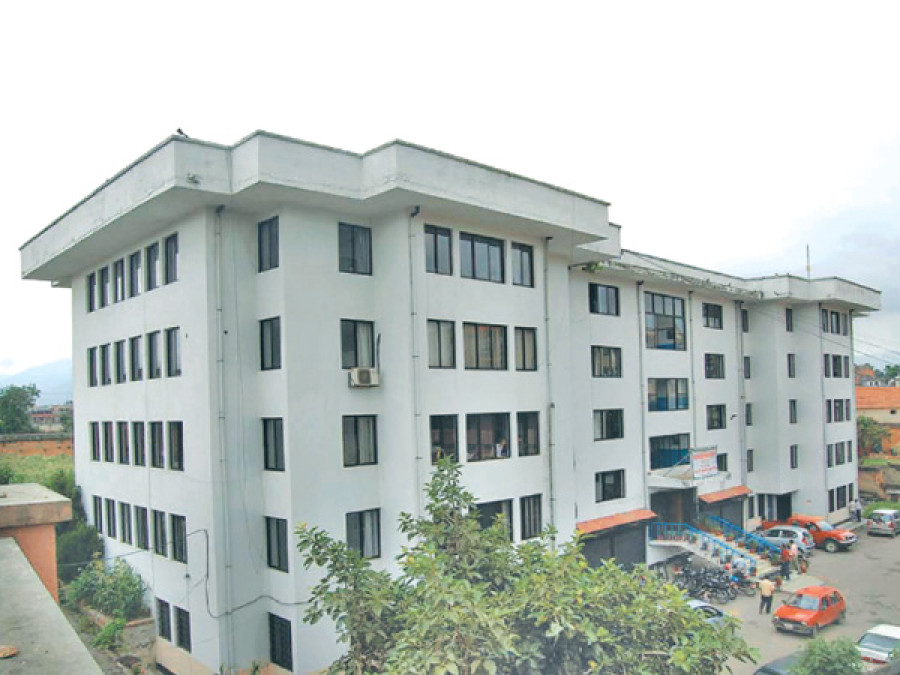Money
Domestic debt increases after falling for 4 years
Nepal’s domestic debt has risen after falling for four years in a row with the government raising almost half of the planned internal loans as of the third quarter of the current fiscal year.
Nepal’s domestic debt has risen after falling for four years in a row with the government raising almost half of the planned internal loans as of the third quarter of the current fiscal year.
Internal loans are raised in order to fill the resource gap between expenditure and revenues and external grants and loans.
Raising internal loans is considered to be good if the money is used for the government’s development efforts but raising domestic debt excessively could leave banks with less deposits, affecting their ability to finance the private sector.
The government raises internal loans through instruments like treasury bills, development bonds, foreign employment bonds and citizen savings certificates.
The country’s internal debt increased by 8.1 percent to Rs217.93 billion compared to outstanding debt at the end of the last fiscal year, according to the Financial Comptroller General’s Office (FCGO) which keeps records of the government’s income and expenditure.
The targeted total domestic debt of Rs88 billion has already been raised, with Rs40.75 billion collected as of the third quarter of the current fiscal year, according to Nepal Rastra Bank.
“The internal debt amount swelled after the government raised a significant amount of domestic debt,” said Deputy Financial Comptroller General Dhurba Raj Pandit.
Since the fiscal year 2011-12, the country’s domestic debt has been on a downward trend with the government making loan repayments but borrowings falling short of the target.
Outstanding internal loans amounted to Rs213.92 billion at the end of fiscal 2011-12 which went down to Rs201.65 billion at the end of the last fiscal year 2014-15.
The government did not raise the targeted amount of domestic debt in the previous two years as it had not been able to spend the resources from revenues and external grant and loans.
Meanwhile, the country’s external debt has risen by Rs37.48 billion to Rs380.74 billion, according to the FCGO. An increase in the exchange rate of major currencies such as special drawing rights (SDR) and the US dollar contributed to the rise in external debt significantly, the FCGO said. Nepal receives foreign loans in both US dollars and SDR, a supplementary reserve currency created by the International Monetary Fund. Multilateral donor agencies usually use SDR for extending loans.
According to Pandit, a stronger US dollar and SDR and depreciation of the Nepali rupee is also a major reason behind the massive rise in external loans. The exchange rate of the US dollar Rs101.74 on July 16, 2015 which depreciated to Rs106.52 on April 12.
During the first nine months of the current fiscal year, Nepal received foreign loans totalling Rs25.62 billion while loan repayments amounted to Rs13 billion.
Among multilateral donors, the World Bank and Asian Development Bank are the top two creditors while Japan and China topped the list of bilateral creditors, according to the FCGO.
Internal Loans
Fiscal year Loan Size
2011-12 Rs213.92b
2012-13 Rs211.87b
2013-14 Rs206.68b
2014-15 Rs201.65b
2015-16 (Q3) Rs217.93b




 24.12°C Kathmandu
24.12°C Kathmandu














